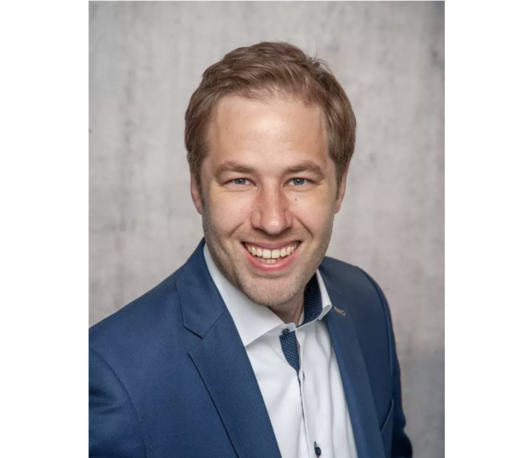Probing Local Structures and Structural Dynamics in Solid Catalysts with Electrons
CatLab Lectures 2024/25
- CANCELLED
- Date: Dec 13, 2024
- Time: 10:30 AM - 12:00 PM (Local Time Germany)
- Speaker: Dr. Thomas Lunkenbein
- Fritz-Haber-Institut der Max-Planck-Gesellschaft
- Location: Building F
- Room: seminar room F1.04
- Host: HZB and FHI
- Contact: trunschk@fhi-berlin.mpg.de

This
requires a detailed, scale-bridging understanding of the structure of the entire
catalyst system. However, a static structural understanding would be
insufficient as catalysts are metastable compounds and undergo structural
changes under catalytic working conditions. The extent of the changes depends
on the local chemical potential. As such the local chemical potential influences
the structures of the active sites and thus the catalytic performance. To
complicate the problem, the structures of the active catalysts are often only
stable under working conditions and in order to analyse them investigations under
working conditions are required. In those experiments the structure and
performance can be directly correlated in so called operando
measurements.
In
some cases, less than 1% of the accessible surface area are active and, thus, active
sites are a very local concept for describing the functioning of a catalyst. Besides
the local chemical potential, the working structures also depend on the real
structure of the pristine material after synthesis, which cannot be detected by
structural averaging techniques. To capture these local structural details,
electron microscopy is the method of choice.
In this lecture I will motivate the importance of real structure investigation in heterogeneous catalysts as well as the scale-bridging use of operando electron microscopy focusing on thermal gas phase reactions. Furthermore, I will show the potential and possibilities in capturing the working structure of heterogeneous catalysts and discuss the limitations of the techniques for catalysis research.